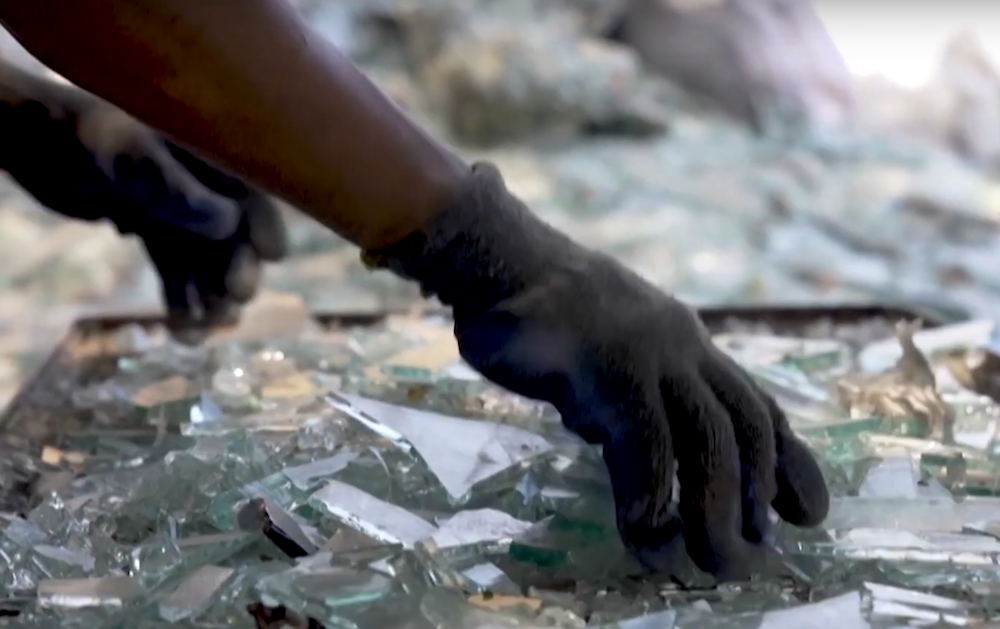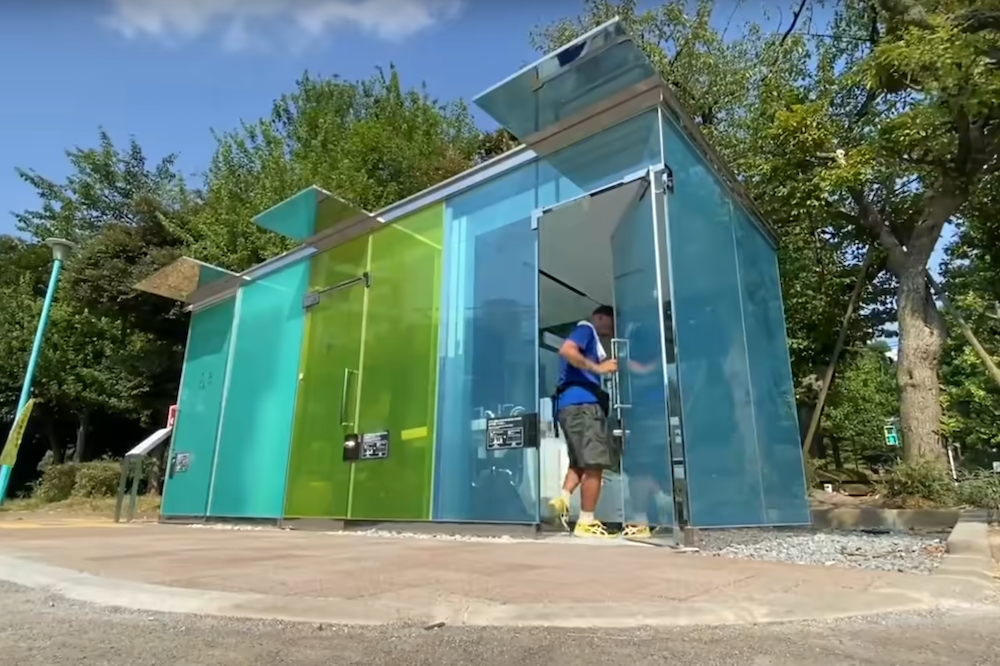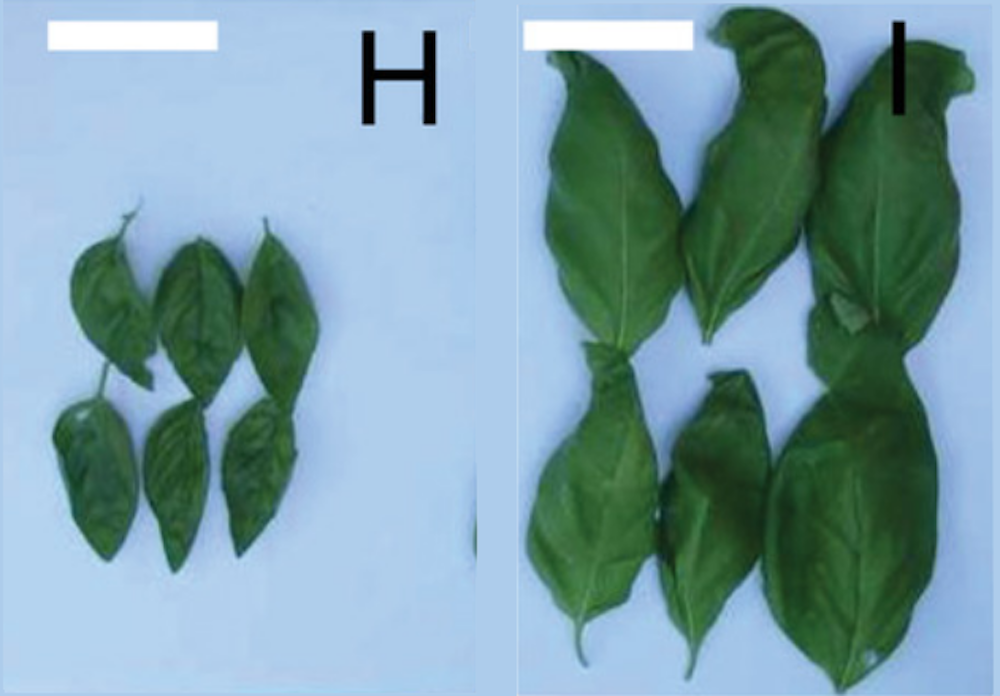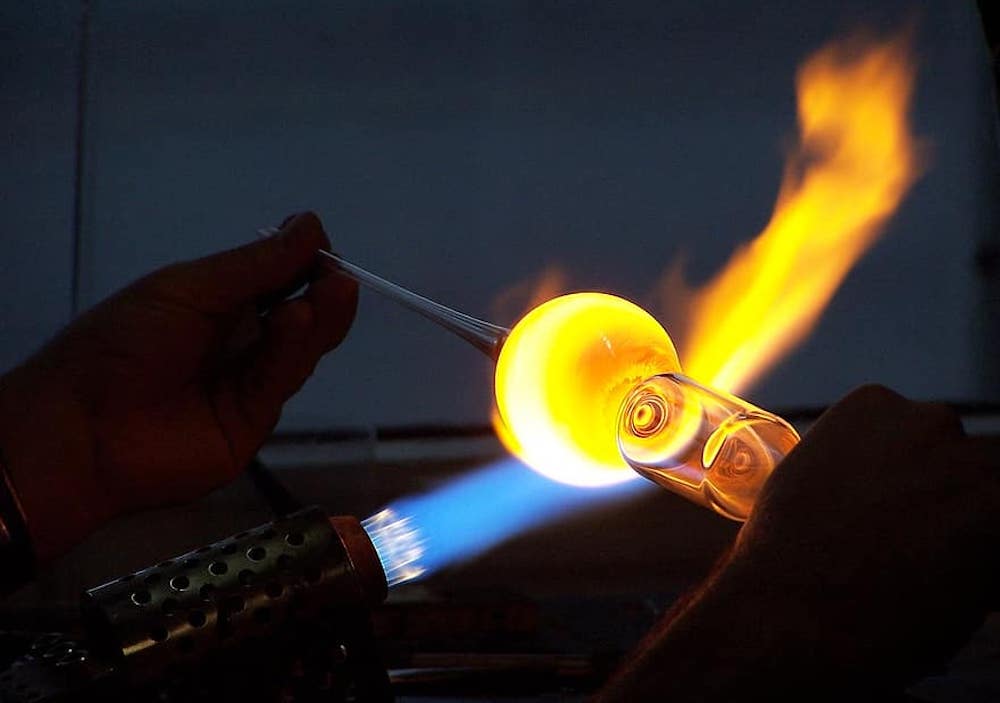Bioresorbable glass sensors may offer a safe and convenient way to monitor patients for short periods. Two recent articles in an ACerS journal explore the properties and processing of bioactive glass for this unique application.
Read MoreSince 1959, the General Assembly of the United Nations has designated specific years as United Nations International Years to acknowledged important fields of international endeavor and their contributions to society. Learn about a recent initiative spearheaded by the International Commission on Glass to have 2022 declared the International Year of Glass.
Read MoreUnderstanding the atomic structure of glass and other amorphous materials is difficult because, unlike crystals, the structure only consists of short-range and medium-range order; long-range order is absent. Researchers led by Aalborg University demonstrate how a topological method called persistent homology could help reveal a glass’s medium-range order structural features.
Read MoreThe August 4 port explosion in Beirut killed dozens, injured thousands, and caused billions of dollars in property damage. As the city looks to rebuild, volunteers, nongovernmental groups, and entrepreneurs are trying to salvage some of the wreckage by recycling at least part of the tonnes of glass littering the streets.
Read MoreToilets are likely one of the last technologies people associate with innovation, but creating high-tech toilets is big business in Japan. And innovating the bathroom experience is not just limited to personal and private settings—the new Tokyo Toilet project looks to dispel perceptions that public toilets are dark, dirty, and smelly.
Read MoreAgrivoltaics, the practice of co-locating photovoltaic infrastructure and agriculture, can lead to reduced crop yield if the solar panels block too much light. Researchers in the United Kingdom and Italy investigated using tinted semitransparent solar panels that selectively absorb certain wavelengths and found a substantial overall financial gain compared with classical agriculture.
Read MoreACerS held its first virtual conference, the Virtual Glass Summit, on Aug. 3–5, 2020. The conference welcomed 230 attendees from 13 countries and featured a wide variety of glass topics.
Read MoreDetermining viscosity of a glass through experiment is a slow and expensive process. In two recent papers published in JACerS, Penn State professor John Mauro and his colleagues show how it can be predicted much easier by using dilatometry and DSC to calculate parameters for a glass viscosity model that was proposed in 2009.
Read MoreHistorically, Corning focused on improving drop resistance rather than scratch resistance when developing new Gorilla Glass. But Gorilla Glass Victus—the latest version announced last week—improves both resistances, with significant results.
Read MoreVitrification is the process through which a material turns into a glass or glasslike substance by undergoing rapid cooling. Though the discovery this year that a man’s brain vitrified during the Mount Vesuvius eruption surprised some people, vitrification of human tissue is actually a well-established practice in fertility treatment.
Read More









